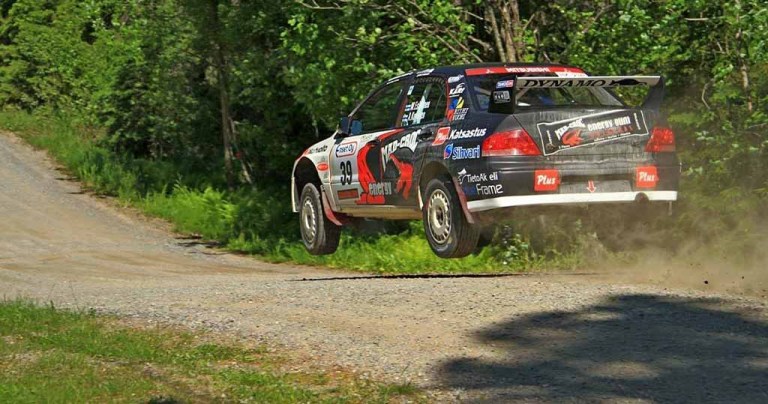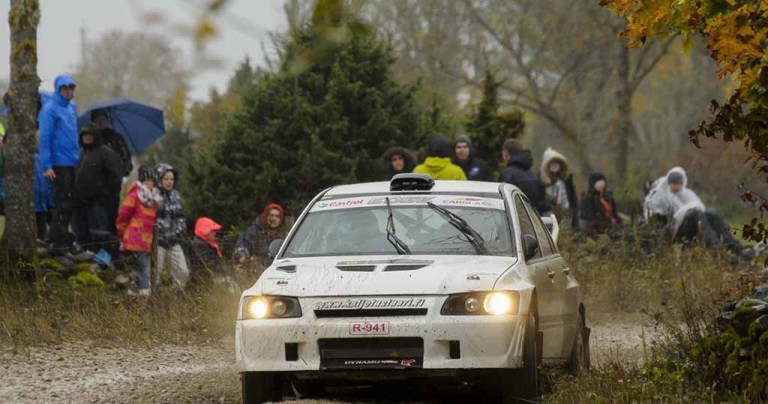Mitsubishi leap from Group A to WRC

I will start this series with a Mitsubishi Lancer WRC. First – information about the car, and later – what they do on this day.
Group A cars were replaced by WRC equivalents back in 1997. And only the Mitsubishi competed with the Group A car for three and a half years at the World Rally Championship, when other manufacturers had already made cars under the new regulation. The FIA did not object to that. Getting to history ahead – the Lancer WRC models were nowhere near their parents and grandparents in the context of success. And I have The Group A Lancer Evolution in mind.

The Mitsubishi Lancer WRC had the same engine and transmission as the Group A variant, but the body, suspension, and other components were new. But they didn’t bring success and speed – even champion Tommi Makinen in the debut season of 2001 (the car debuted in the second half of the season) reached just 6th place in Australia with a new car. When Tommi disappeared from the team in the 2002 season, F. Delecour and A. McRae took his place. The problem was that the car was designed for Tommi’s driving style, which was completely unsuitable for other drivers. The season went under the dog’s tail, despite the fact that the car has been greatly improved and adapted to current drivers over the course of the season. After a particularly poor season, the Mitsubishi withdrew from the WRC, but in 2003 A. McRae and K. Sohlberg took part in certain events for the car development, as in 2004 Mitsubishi intended to return to the WRC with a new car. But about that – in this article.

According to the www.ewrc-results.com database, this generation Mitsubishi Lancer WRC has been produced in a total of seventeen units. Two of them have not survived to this day. In 2001, Tommi Makinen clipped a curb in Corsica, ran into a rock and almost flew a hundred meters down a cliff. And in 2002, Frenchman Francois Delecour also clipped an obstacle on the inside of the road, resulting in a flight into the woods. So it’s no surprise that the car hit a tree which helped quickly dismantle the engine from the car and drop it quite far. The French co-pilot suffered serious injuries, after which he did not return to the co-driver’s seat. Other cars are probably parked in museums or with collectors and only two Lancer Evolution WRCs are still tackling the special stages. They both live in Finland, participating in the Finnish main championship or sprint competition. Earlier this year, one of them started in the legendary Arctic Lapland Rally, finishing in 14th place. After the WRC era, these cars appeared in the championships of Great Britain, the Netherlands, Spain and already mentioned Finland.

Say Thank You and become a part of Rally Week












